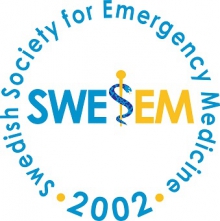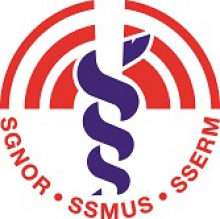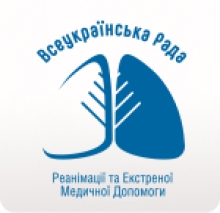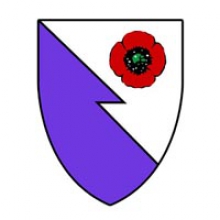Saturday 1 October: 9:00 - 17:00
Course Director
- Roberto Cosentini (Italy)
Faculty
- Abdo Khoury (France)
- Rodolpho Ferrari (Italy)
- Roberta Marino (Italy)
- Patrick Plaisance (France)
The dyspnoea epidemic
Acute dyspnoea is one of the most common emergencies in the ED, accounting for 3-5% of all admissions. The vast majority of cases are represented by acute heart failure, pneumonia and COPD exacerbation.
Why Non Invasive Positive Pressure Ventilation is relevant to ED doctors
One of the major advances in acute respiratory failure treatment is Non Invasive Positive Pressure Ventilation (NPPV). The application of non-invasive positive pressure has been proved superior to standard treatment and should belong to the therapeutic armamentarium of the emergency physician. According to the literature, the application of NPPV in the treatment of acute cariogenic pulmonary edema (ACPE) allows to avoid 1 endotracheal intubation (ETI) out of 8 patients (NNT = 8) and 1 death every 13 treated patients (NNT = 13) in comparison to standard treatment. For patients with severe COPD exacerbation, NIV has an even better NNT of 5 for ETI, and 8 for mortality. Just to have an idea, aspirin and lytics in AMI have a NNT for mortality of 42 and 43, respectively.
NIV has also proved useful for pneumonia in the immunompromised population and recent data suggest could be useful also as an early approach in pneumonia in the immunocompetent patients.
How the course runs
This is highly interactive course with a predominant part of training sessions on ventilatory stations. The course will bring you cutting edge information on Non Invasive Positive Pressure Ventilation use and caveats, with a focus on most common cases. For each indication, a hands on session will be run on a different ventilator and CPAP device stations with cognitive simulation of clinical scenarios.
At the end of the course, the participant will be able to:
- evaluate the correct indications for NPPV
- set both the ventilators and CPAP devices
- critically analyze ventilator/patient interactions
- evaluate intolerance and devise corrections
Schedule
| 09:00 | How I treat hypoxemic patients: |
Acute Cardiogenic Pulmonary Edema (ACPE): Roberto Consentini |
|
| 10:00 |
|
| 10:45 | Coffee break |
| 11:00 |
■ The Earlier the Better? NIMV in the pre-hospital Setting. Patrick Plaisance |
| 11:30 |
■ CPAP hands-on. |
| 12:30 | Lunch break |
| 13:00 | How I treat hypercapnic patients: |
COPD exacerbation: Abdo Khoury |
|
| 13:45 |
■ Ventilators & Ventilation. Roberto Ferrari |
| 14:45 | Coffee break |
| 15:00 |
■ NIV hands-on |
| 17:00 | End of course |
References
- Cabrini L, Landoni G, Oriani A, Plumari VP, Nobile L, Greco M, Pasin L, Beretta L, Zangrillo A. Noninvasive ventilation and survival in acute care settings: a comprehensive systematic review and meta-analysis of randomized controlled trials. Crit Care Med. 2015 Apr;43(4):880-8
- Ferrer M, Torres A. Noninvasive ventilation for acute respiratory failure. Curr Opin Crit Care. 2015 Feb;21(1):1-6
- www.thennt.com
National Societies
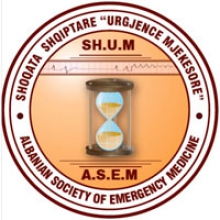
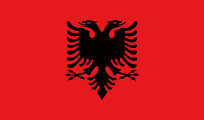 Albania
Albania
Albanian Society of Emergency Medicine
Shoqata Shqiptare e Urgjencës Mjekësore - SH.U.M.
Date of origin: 1 January 2013
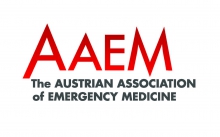
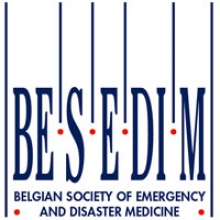
 Belgium
Belgium
Year of origin: 1995
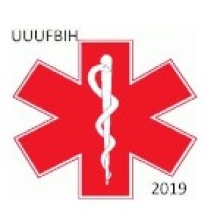
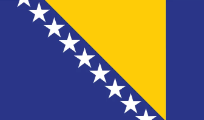 Bosnia and Herzegovina
Bosnia and Herzegovina
Association of Emergency Medicine Physicians of the Federation of Bosnia and Herzegovina
Udruženje Urgentologa u Federaciji Bosne i Hercegovine
Date of origin: 15 March 2019

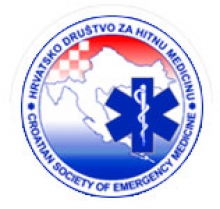
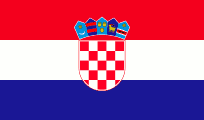 Croatia
Croatia
Croatian Society of Emergency Medicine
HZL Hrvatsko Društvo za Hitnu Medicinu
Date of origin: 12 June 1990
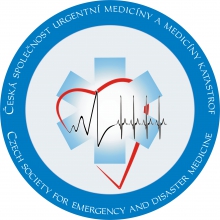
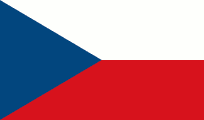 Czech Republic
Czech Republic
Year of origin: 1994
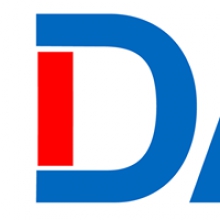
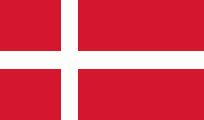 Denmark
Denmark
Danish Society for Emergency Medicine
Dansk Selskab for Akutmedicin
Date of origin: 28 September 2006

 Estonia
Estonia
Estonian Society of Emergency Physicians
Eesti Erakorralise Meditsiini Arstide Selts
Date of origin: 30 March 2004


France
French Society for Emergency Medicine
Société Française de Médecine d'Urgence
Date of origin: 3 March 1985
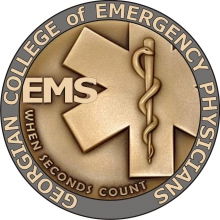
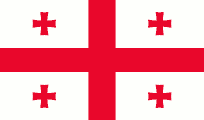 Georgia
Georgia
Georgian College of Emergency Physicians
საქართველოს გადაუდებელი მედიცინის ექიმთა კოლეჯი

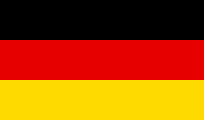 Germany
Germany
German Association for Emergency Medicine
Deutsche Gesellschaft Interdisziplinäre Notfall- und Akutmedizin (DGINA) e.V.

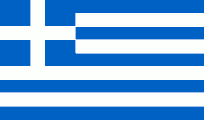 Greece
Greece
Hellenic Society of Emergency Medicine
Ελληνική Εταιρεία Επείγουσας Ιατρικής
Date of origin: 4 December 2002
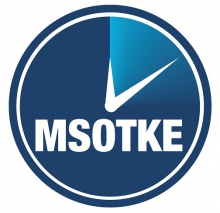
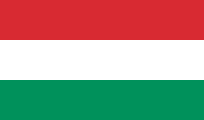 Hungary
Hungary
Hungarian Society for Emergency Medicine
Magyar Sürgösségi Orvostani Társaság
Date of origin: 8 April 2000


 Ireland
Ireland
Irish Association for Emergency Medicine
Cumann Leigheas Éigeandála na hÉireann (IAEM)
Date of origin: 29 April 1989
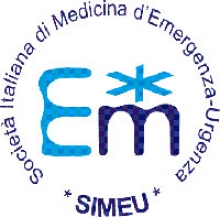
 Italy
Italy
Italian Society for Emergency Medicine
Società Italiana di Medicina di Emergenza Urgenza (SIMEU)
Year of origin: 2000
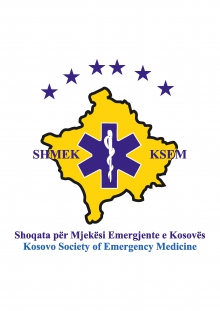
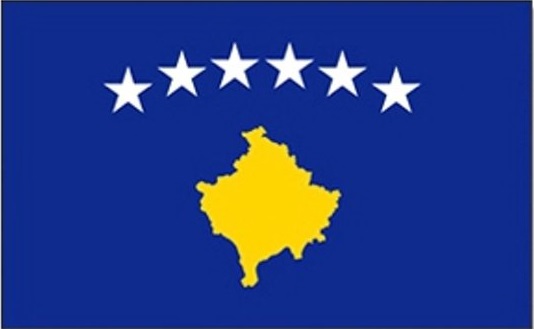 Kosovo
Kosovo
Kosovo Society of Emergency Medicine
Shoqata për Mjekësi Emergjente e Kosovës (SHMEK)
Year of origin: 2008
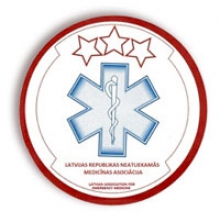
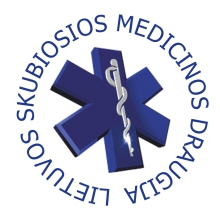
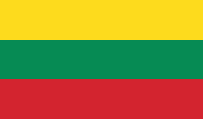 Lithuania
Lithuania
Lithuanian Society for Emergency Medicine
Lietuvos Skubiosios Medicinos Draugija
Date of origin: 3 October 2003

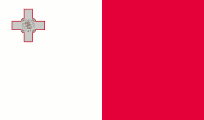 Malta
Malta
Association of Emergency Physicians of Malta
Ghaqda Maltija tat-Tobba ghall-Emergenzi
Date of origin: 1 December 2006
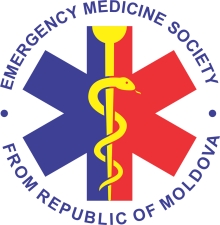
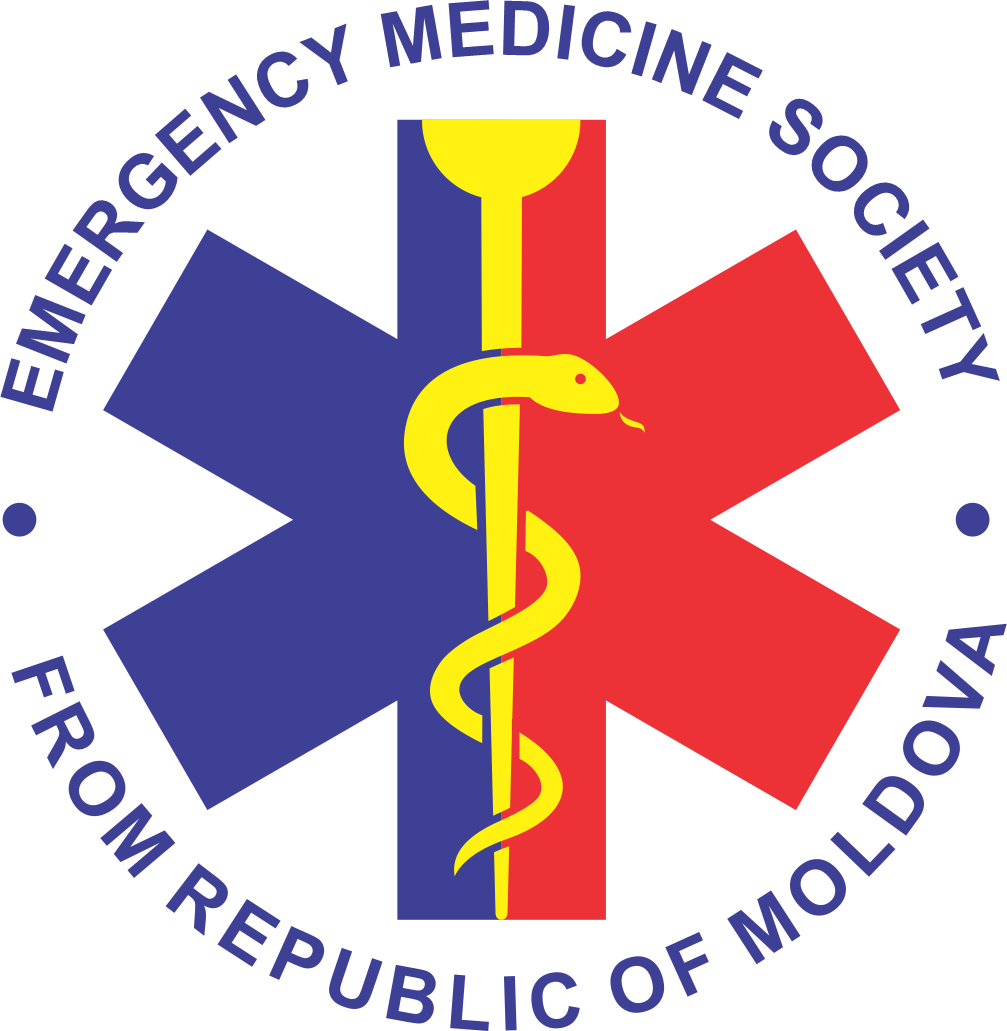 Moldova
Moldova
Society of Emergency Medicine and Disasters Medicine from Republic of Moldova
Asociația Obștească Societatea Științifico-Practică de Medicină de Urgență și Catastrofe din Republica Moldova
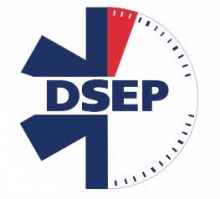
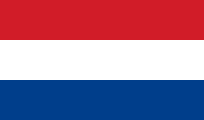 Netherlands
Netherlands
Dutch Society of Emergency Physicians
Nederlandse Vereniging van Spoedeisende Hulp Artsen
Year of origin: 1999


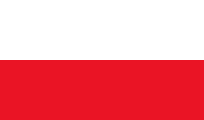 Poland
Poland
Polish Society for Emergency Medicine
Polskie Towarzystwo Medycyny Ratunkowej
Year of origin: 1999

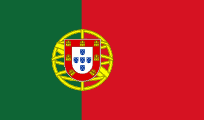 Portugal
Portugal
Portuguese Society of Urgent and Emergency Medicine
Sociedade Portuguesa de Medicina de Urgência e Emergência
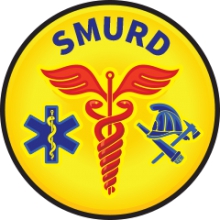
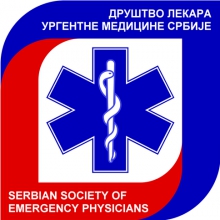
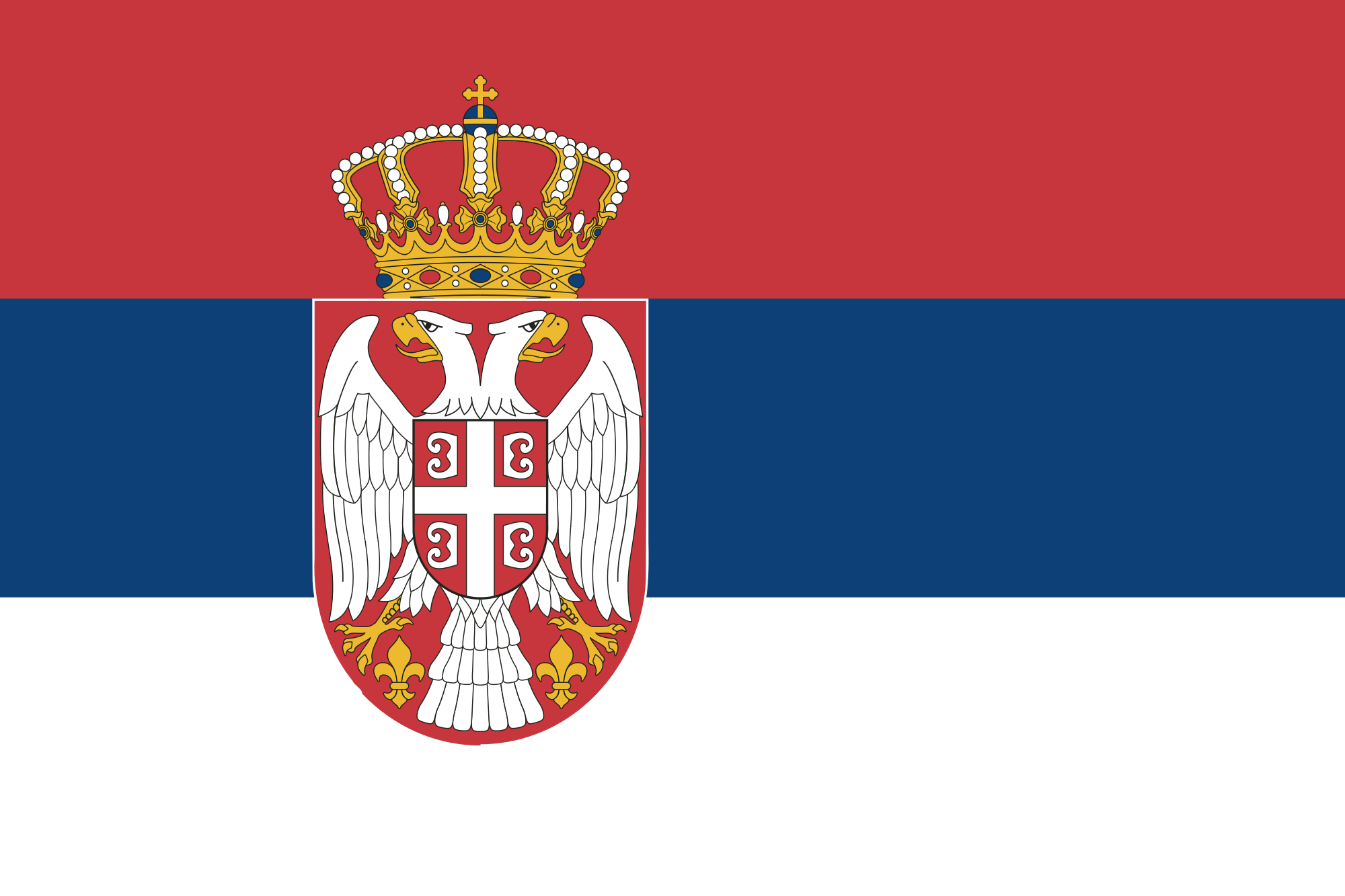 Serbia
Serbia
Serbian Society of Emergency Physicians
Društvo lekara urgentne medicine Srbije
Date of origin: 13 November 2014
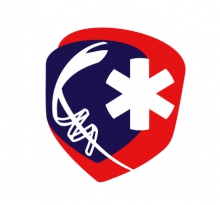
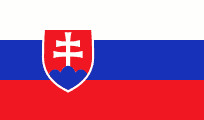 Slovakia
Slovakia
Slovak Society of Disaster and Emergency Medicine
Slovenská spoločnost' urgentnej medicíny katastrof
Date of origin: 4 October 1997
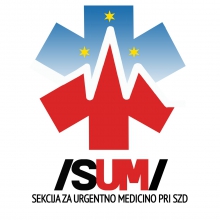
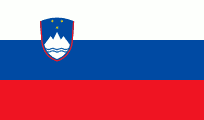 Slovenia
Slovenia
Slovenian Emergency Medical Association
Slovensko združenje za urgentno medicino
Date of origin: 29 June 2016
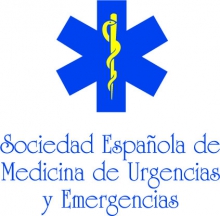
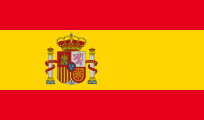 Spain
Spain
Spanish Society of Emergency Medicine
Sociedad Española de Medicina de Urgencias y Emergencias
Date of origin: 8 March 1988
